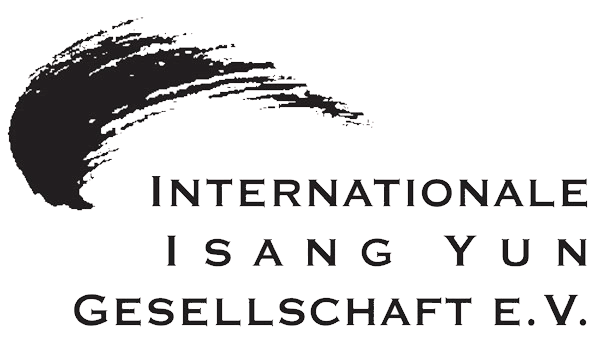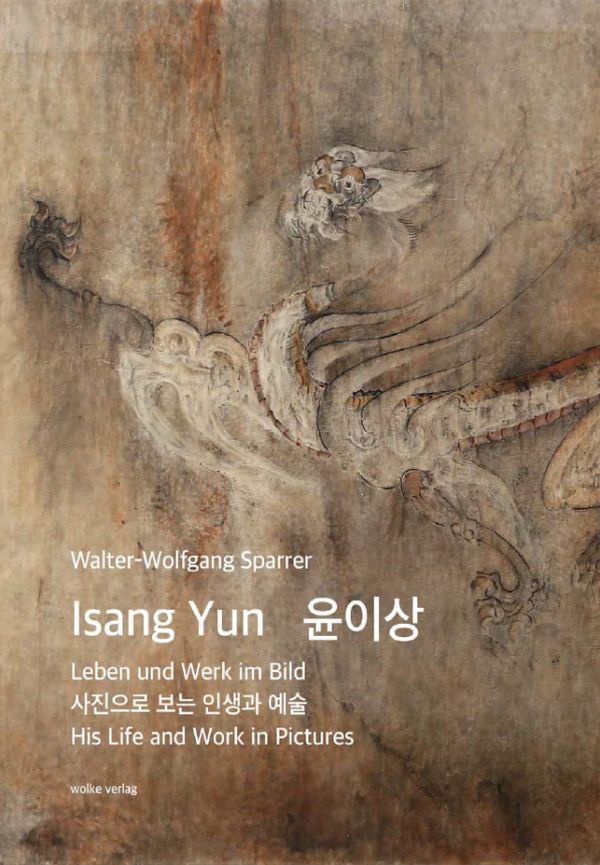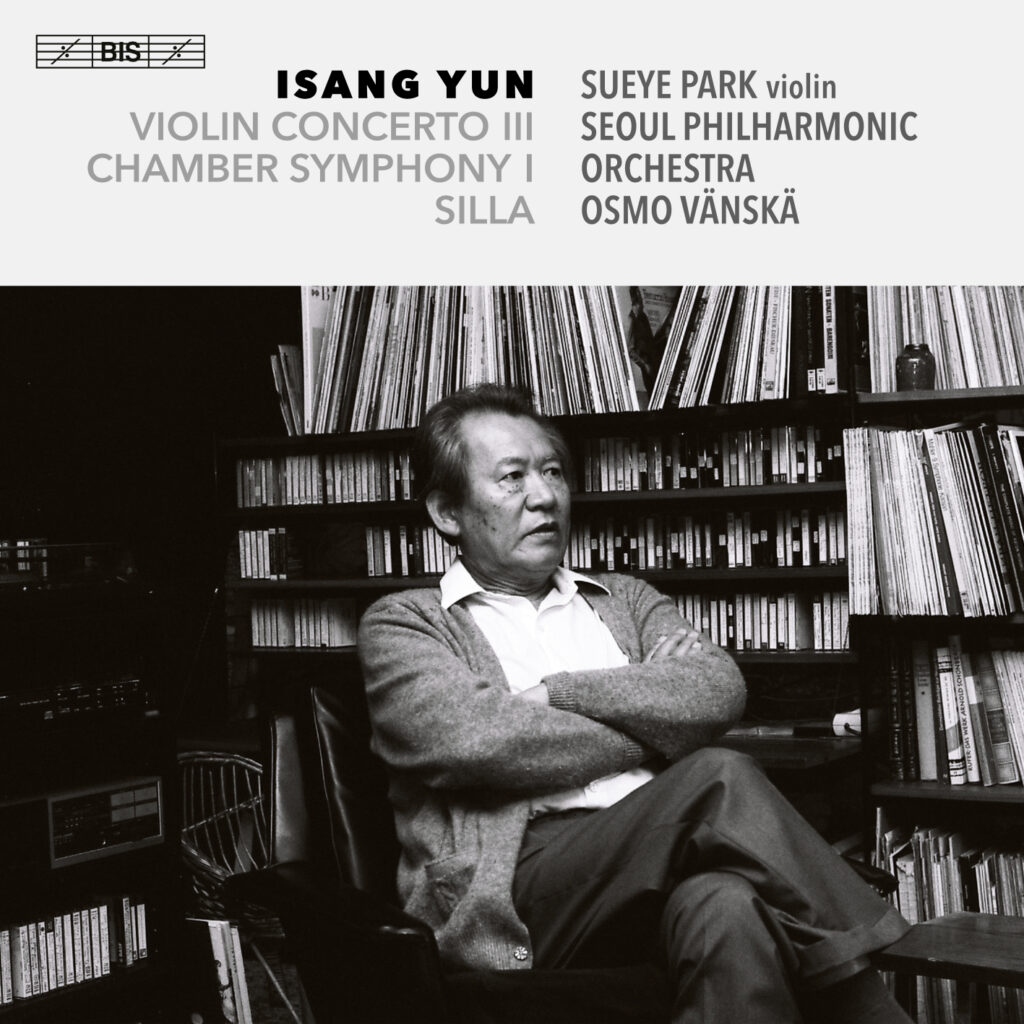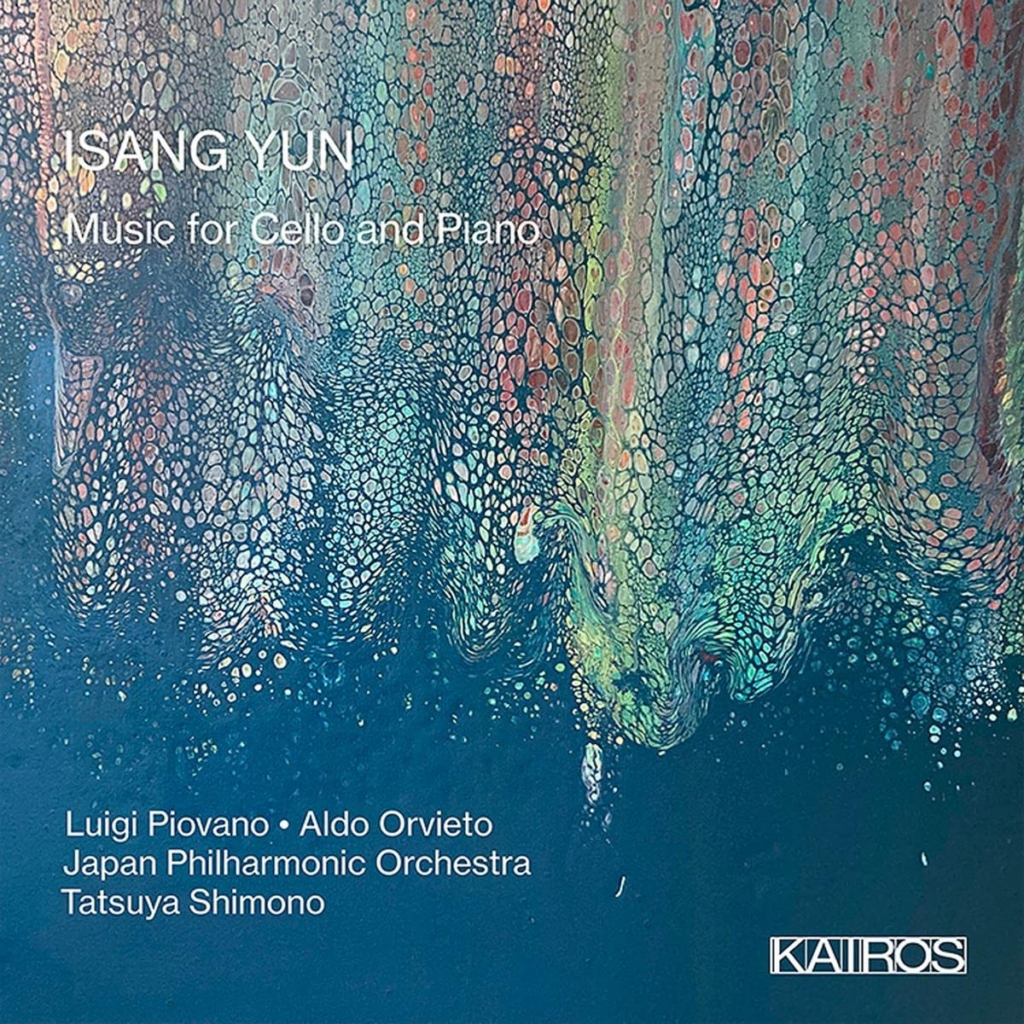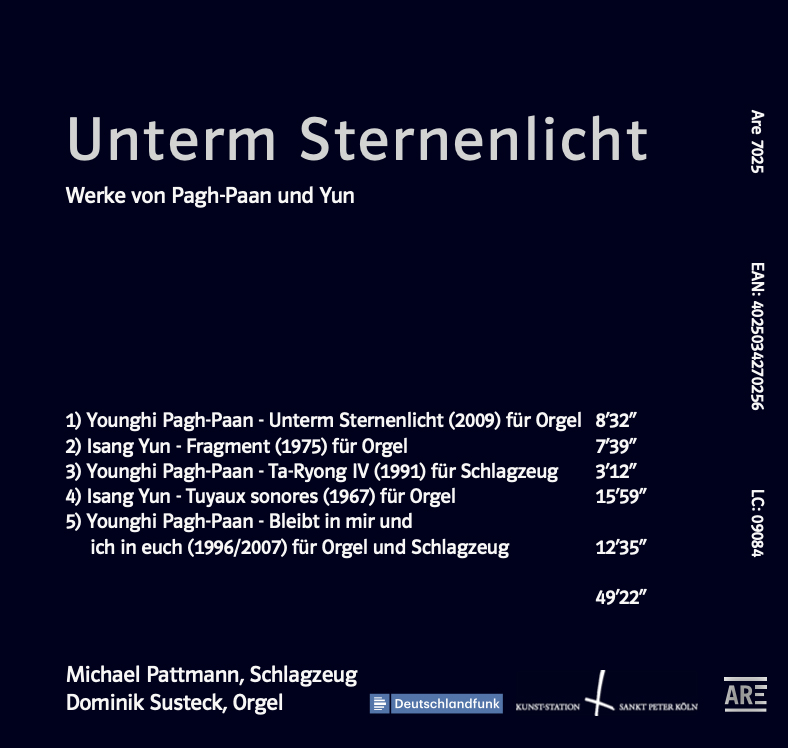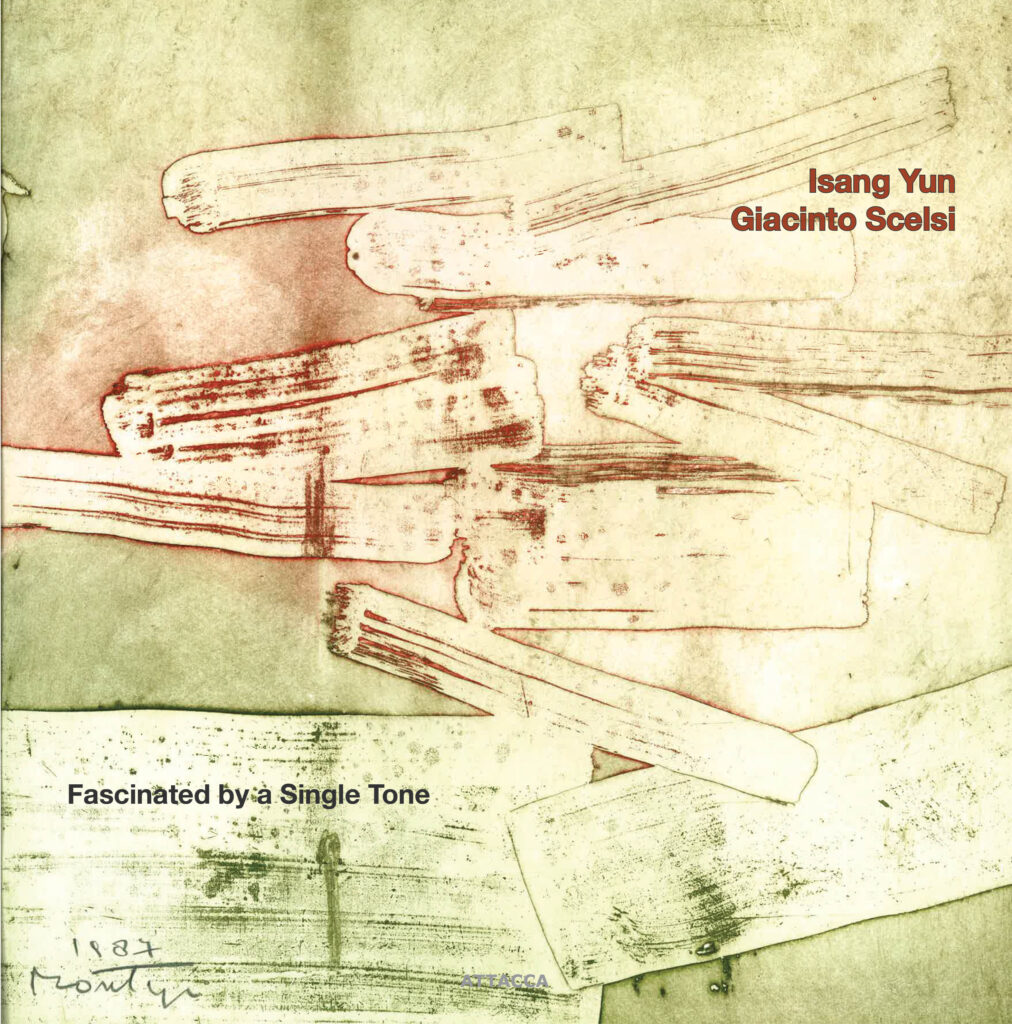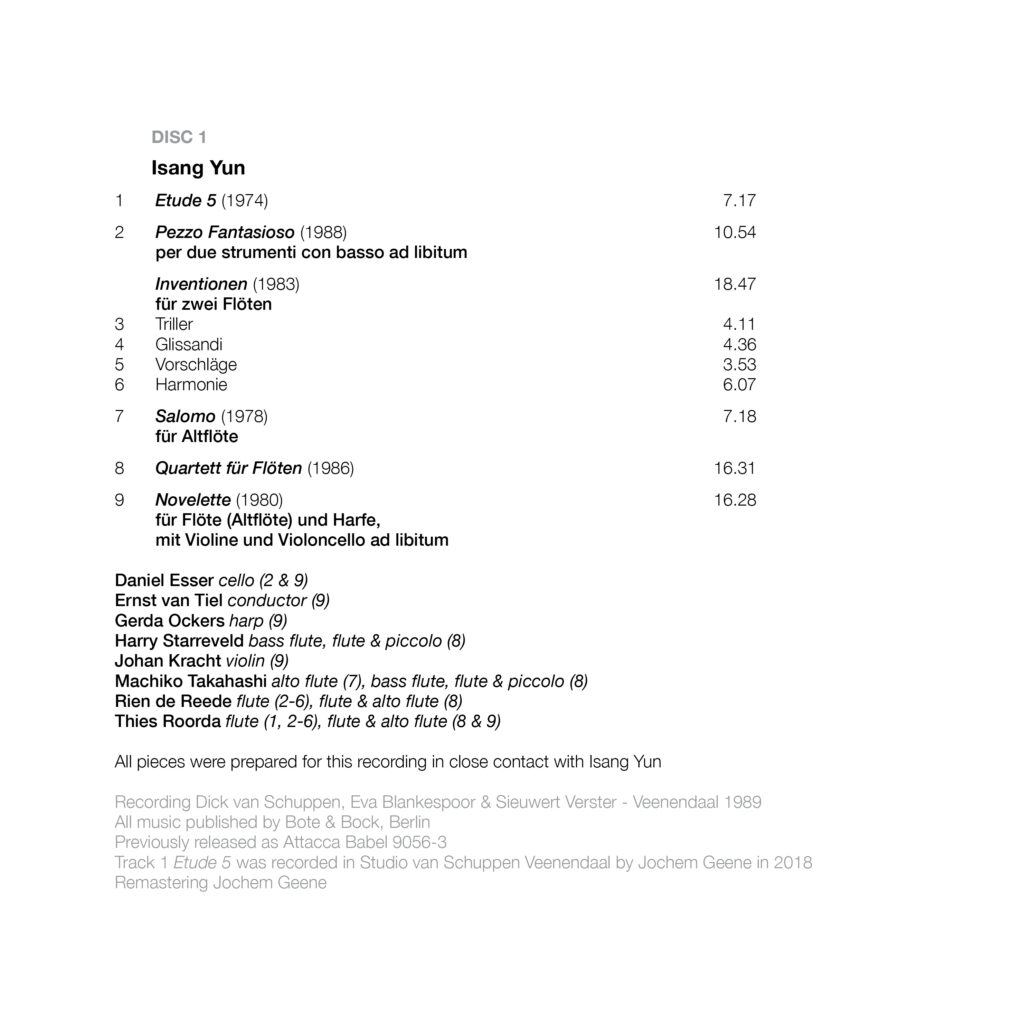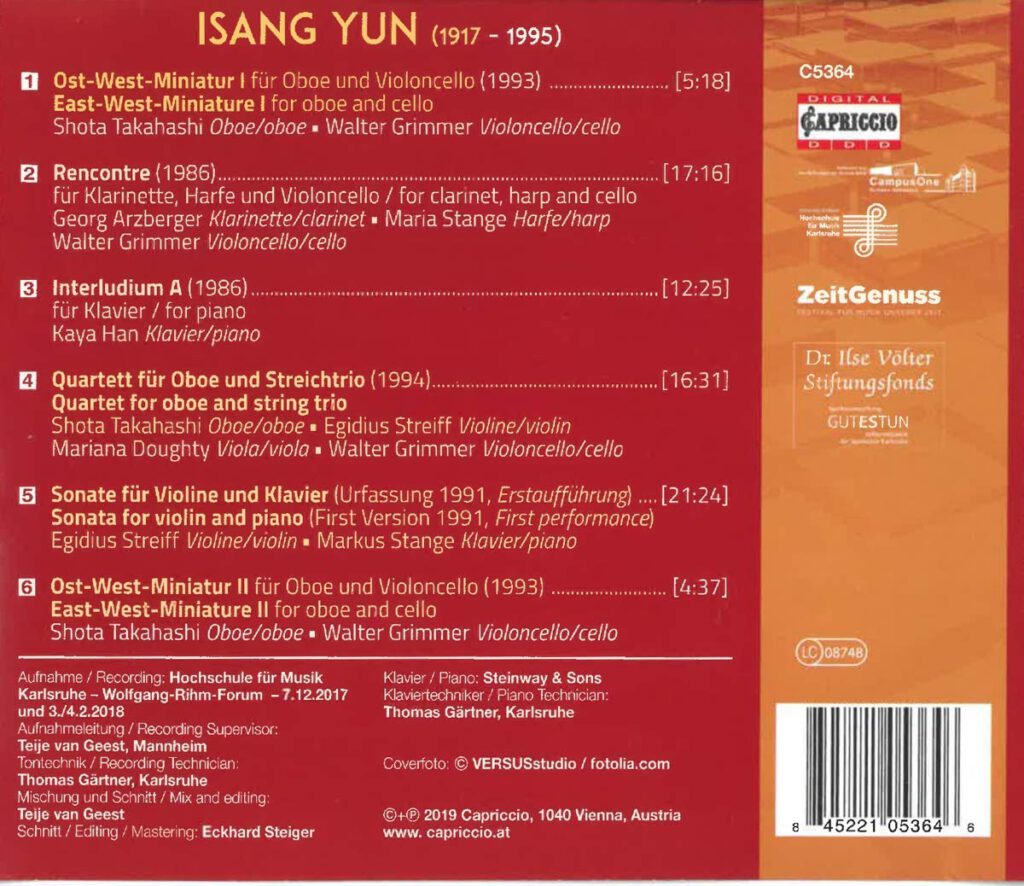Crowdfunding Yun House – we ask for support of “Diversity in Harmony”, the concert series at the Yun House Berlin.
“Diversity in Harmony”, in 2024 supported by Kulturamt Spandau, Fonds Dezentrale Kulturarbeit, and the Gesellschaft zur Verwertung von Leistungsschutzrechten (GVL) & GEMA-Stiftung & Stiftung Preußische Seehandlung (concert 6).
Entrance free, donations wellcome
Yun House Berlin-Kladow, Sakrower Kirchweg 47, 14089 Berlin
Diversity in Harmony 8: Sunday, 29 September 2024, 5 p.m. – Live-Stream XXI
Scores: exhibition on Yun’s “Riul” (1968) & Piano Trio (1972/75)
Art: exhibition G. F. Ris
With the creation of our video channel, we intend to gradually make accessible to the visitors of our website the most exemplary recordings of Isang Yun’s compositions (see the video clips in the catalogue of works), as well as introductions to his works, and our concerts at the Yun-Haus Berlin.
If you have the impression that your rights are being violated, please let us know.
In notation and sound, here is a recording of String Quartet VI, which took place in April 1992 after a rehearsal of the Amati Quartet in Berlin with and in the presence of Isang Yun. We put this online so that those interested can study the performance of the dynamic indications and other specifications of the notation. See also: Images (live from 5 Nov. 1997), Contemplation for two violas, etc.
